Decatur Dry Creek WWTP Influent Pump Station and Headworks Improvements
Garver’s design considered operational maintenance so the system can stay in service during maintenance while also meeting growing demands
The 36 MGD Dry Creek Wastewater Treatment Plant (WWTP) was originally constructed in 1958 and has since undergone several expansions and improvements to meet the City of Decatur’s growing demands and treatment requirements. In 1993, facility-wide improvements were completed that included replacing the original influent screw pump station with a new dry-pit submersible lift station to pump influent wastewater to the headworks and downstream processes.
While this lift station has served Decatur Utilities well, the limited depth and necessary operating levels within the wetwell to protect the pumping system have contributed to surcharge conditions within the main gravity collector entering the plant. The existing influent pump station has contributed to several sanitary sewer overflow (SSO) events in recent years due to the limited conveyance capacity created by the surcharge conditions.
To realize the maximum benefit of current assets and to holistically address the contributing factors to the historic SSO events, Garver designed improvements to the Dry Creek WWTP that replaces the existing influent pump station with a new, deeper structure that will maintain free discharge of the collection system into the WWTP under all flow conditions – thereby eliminating surcharge conditions and hydraulically separating the collection system from the wastewater treatment plant.
The new influent pump station is configured as a dry-pit submersible pump station with dual wetwells, including a wetwell diversion chamber to direct flow to either wetwell. This will allow staff to take one wetwell out of service without interrupting flow. The pump station is designed to provide a firm pumping capacity of 96 MGD – matching the conveyance capacity of the incoming collector. Flow from the gravity collector will be conveyed directly to the new pump station while, under typical operating conditions, force main flow will be routed to the new headworks facility.
Several elements are incorporated into the new influent pump station to maintain performance and maximize reliability. Coarse screens will provide removal of large debris prior to entering the wetwell. The wetwell mixing system includes the ability for staff to adjust the mixing intensity and is designed with the ability to prevent any scum or grease layer from forming through dedicated cleaning cycles. Lastly, full redundancy of the pumping system is provided so that capacity is maintained should any pumping unit need to be taken offline for maintenance/repairs.
A new headworks facility will also be provided as part of the project to replace the existing screening and grit removal processes. With a design capacity of 120 MGD, the new headworks includes fine screening and mechanical vortex grit removal processes. Multiple fine screening channels are provided and will be automatically brought online as needed based on flow conditions and operate defined setpoints. A grit sampling and characterization effort was completed to identify the optimal design grit particle size, thereby providing the necessary level of treatment for the facility-specific grit loading at the Dry Creek WWTP. Screenings and grit are conveyed to an adjacent building that houses screenings washer compactors and grit concentrator/classifier units for processing prior to disposal.
Foul air from the new influent pump station and headworks facilities will be captured and conveyed to a treatment facility. The approach to odor control – foul air capture and treatment – was critical to not only minimize the formation of corrosive and unsafe working conditions within the new structures, but to also maintain Decatur Utilities’ goal of being a good neighbor to the surrounding community. This approach includes capturing air within the new screenings/grit processing building and keeping the dumpsters inside until they are loaded onto the truck for disposal.
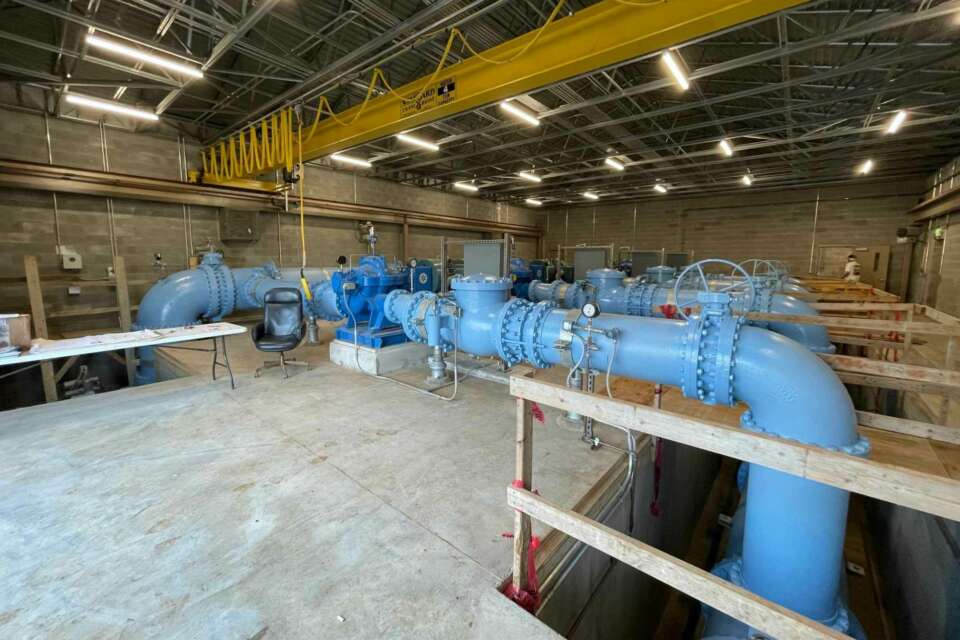


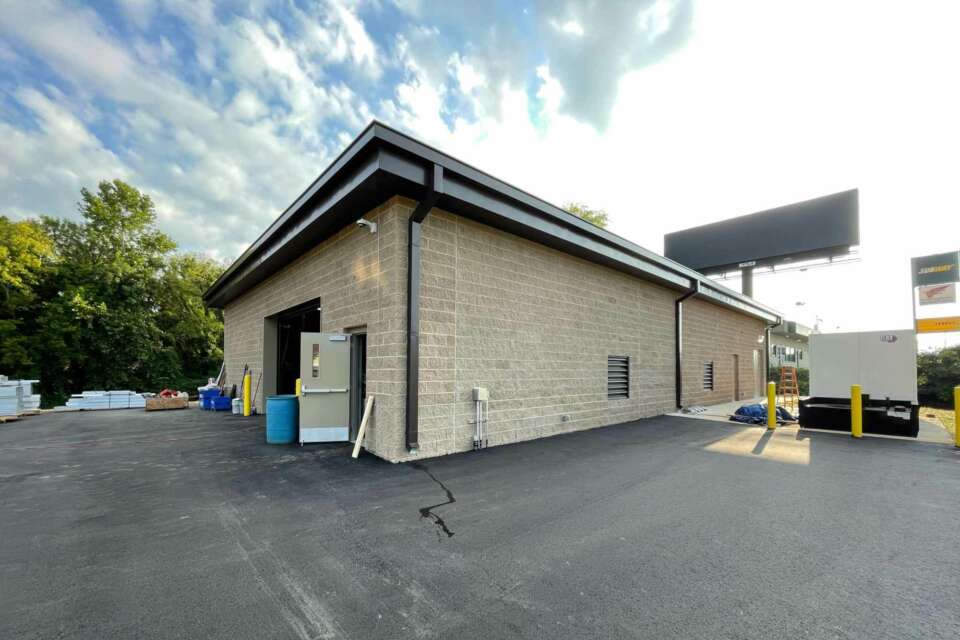
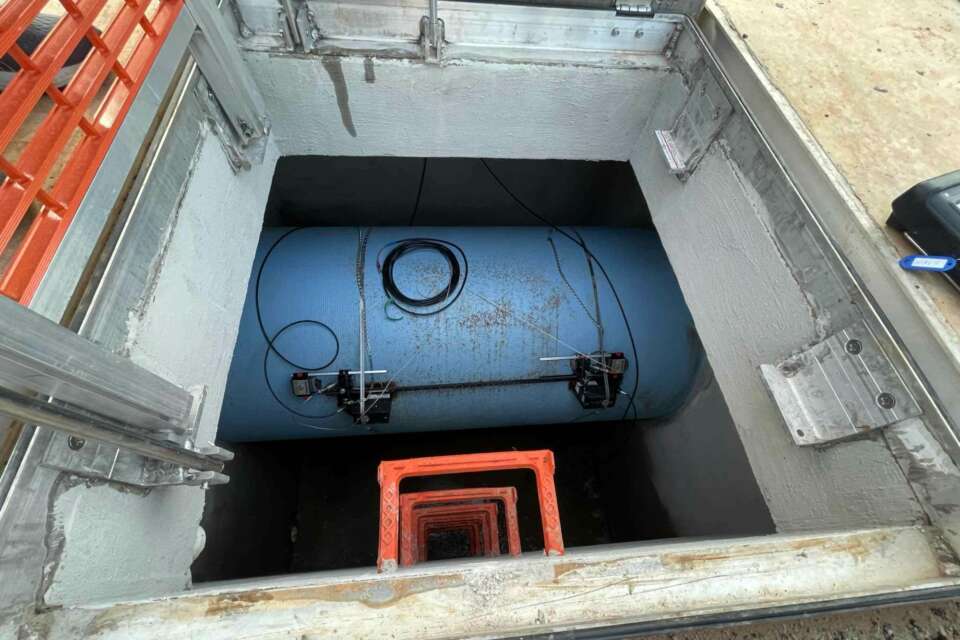
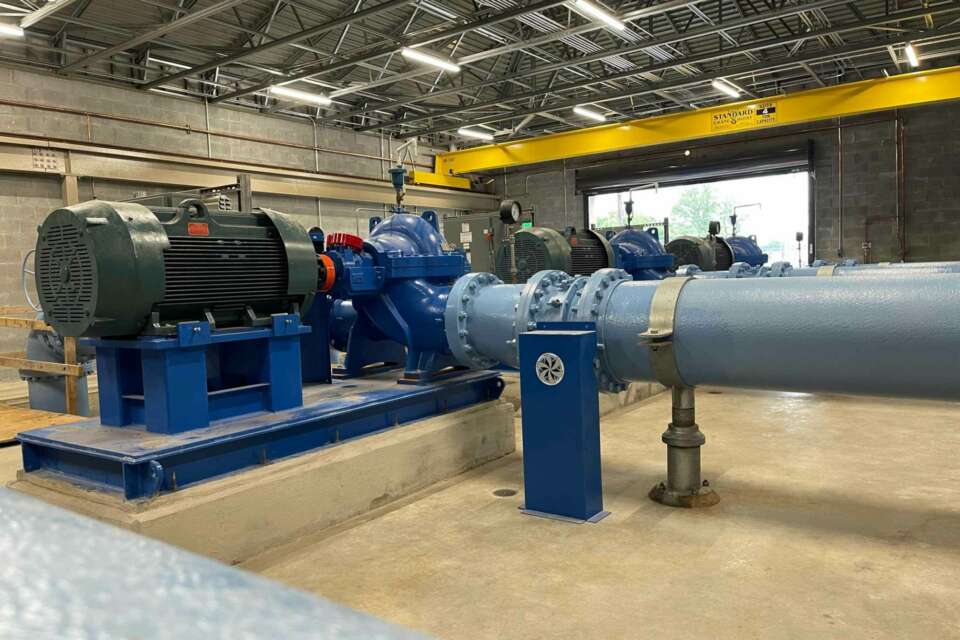
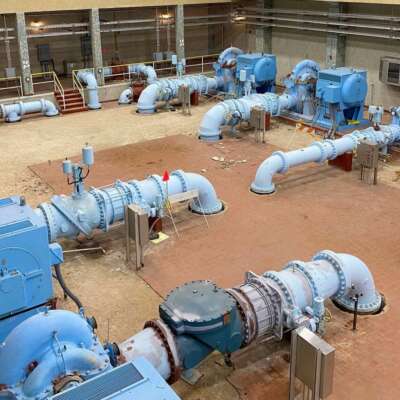
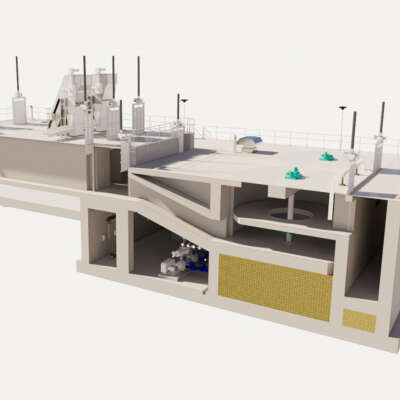

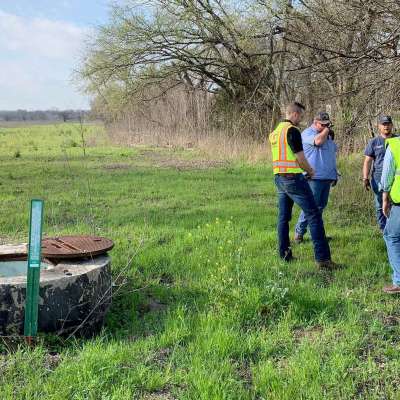




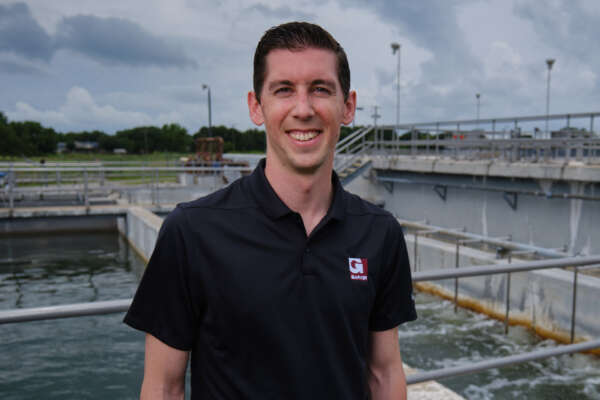




Share this article